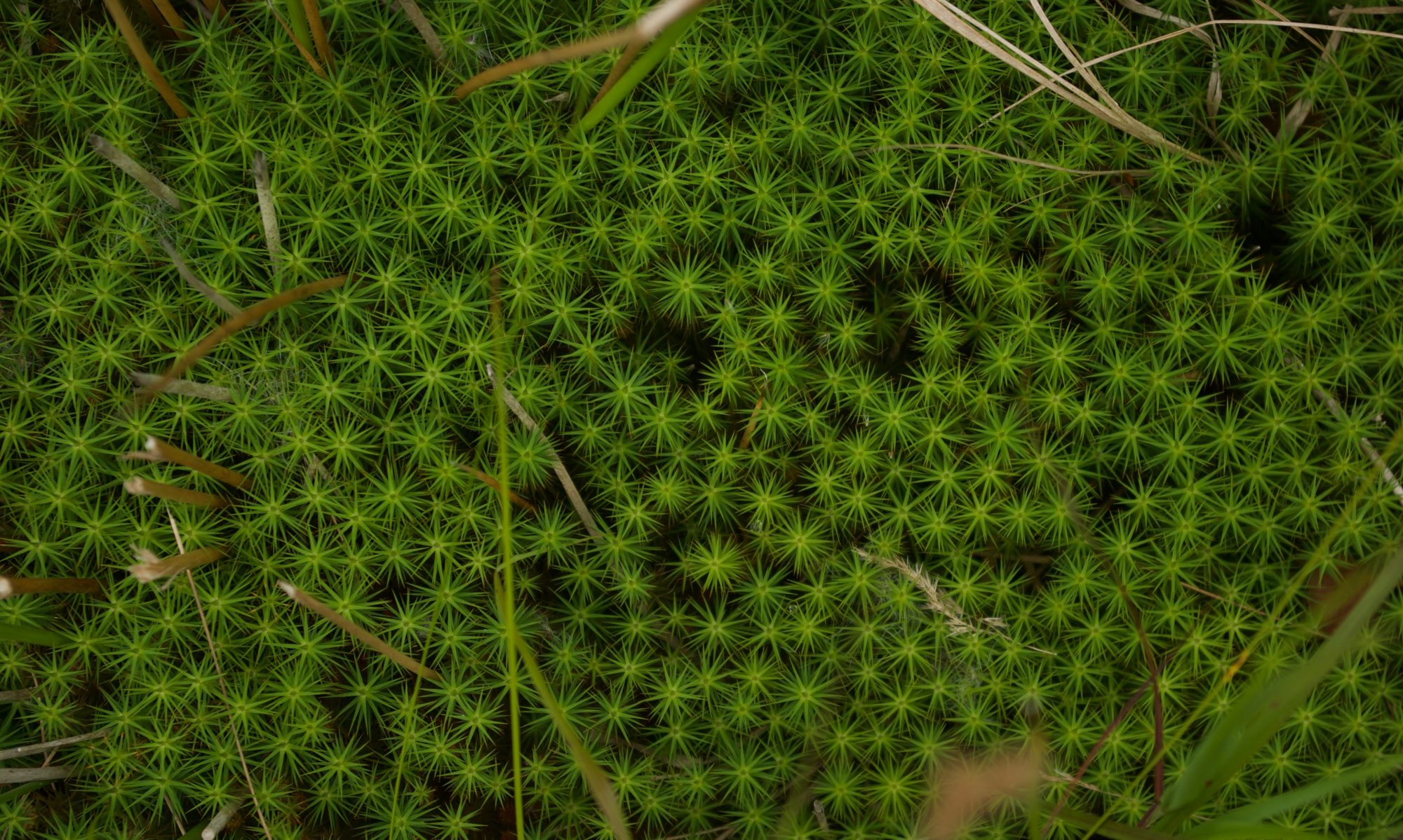Key concepts for exploring the bogland
As we move into the ‘field’ – that key site for geographical enquiry – we bring with us more than just voice recorders, cameras, notepads and pens. Below is a flavour of our thinking as it underlies the project and our key aims. We hope to further explore these ideas through our writing, reading and conversations with and beyond the academy.
Key concept 1: The living archive
Geophysicist Paul Crutzen (2002) proposes that we have entered a new geological epoch – the ‘Anthropocene’ – in which ‘humanity’ is the dominant, driving force of planetary change., and much debate has followed (see Lorimer, 2017). The Anthropocene requires us to examine humanity’s relation to ‘deep time’ processes and histories, extending beyond the span of human existence (Chakrabarty, 2009).
Seamus Heaney writes of ‘bottomless’ Irish bog landscapes, extending ‘inwards and downwards’ through time (1998: 42). Bogs are repositories of human-environmental relations; a ‘preserving medium’ for artefacts and stories (Heusser, 2004).
In this project we explore the peatlands as a ‘living archive’, building on existing work that frames bogs as stores of vital data for understanding environmental change (Barber, 1993), and caches of place, memory and culture that enchant across temporal distance (Meredith, 1999; Purdy, 2002; Fredengren, 2016). We ask what the peatlands might offer a concept of ‘the archive’ as a lively space potentially extending across landscapes (Ogborn, 2004; Lorimer, 2009). Might conservationists’ desire to preserve and restore layers of peat be usefully considered an archival practice, symptomatic of the same desires, disorder and sense of finitude, that Derrida (1995) associates with ‘archive fever’?
Key concept 2: The ‘Anthroposcenic’
In connecting the degradation of this landscape with the ‘violence’ involved in cultivating domestic natures (Ginn, 2016), we argue that the Humberhead peatlands present a key site for thinking through the ecological contradictions at the heart of the Anthropocene (see Moore, 2016).
We explore the peatlands as ‘Anthroposcenic’ for their ability to capture and communicate the complex relationships between present-day ecological violence, and the consumption and valuing of nature. David Matless (2017) uses this term to argue that, in light of accelerated, anthropogenic environmental change, landscapes that make tangible this transformation come to exemplify a particular aesthetic, evocative of the melancholic and haunted geographies of environmental loss (Cunsolo-Willox, 2012).
Key concept 3: Gardening the future
Too often ‘landscape’ acts as a ‘curtain’ obscuring actual ways of life (Berger and Mohr, 2016). We wish to understand how the peatlands are worked, conserved and encountered today. We explore what this place means to those who dwell here: how are the peatlands engaged on an everyday basis and what versions of nature are ‘performed’ (Szerzynski et al, 2003) across its boggy ground?
We aim to examine how local people might become involved in the experimental, uncertain and ‘future-orientated’ (Latour, 2004; Hinchliffe, 2008; Lorimer, 2015; Prior and Brady, 2017) programmes of bog regeneration. Could this be the setting for a more ‘charming’ Anthropocene (Buck, 2015)? The metaphor of ‘gardening’ holds promise; both for its capacity to foreground the violence inherent in managing life; and in emphasising negotiation with agencies beyond the human (Hitchings, 2003; Ginn, 2016). All outcomes remain a contingent ‘achievements’ (Stengers, 2010)
See the ‘References‘ page for full citation details 🙂
